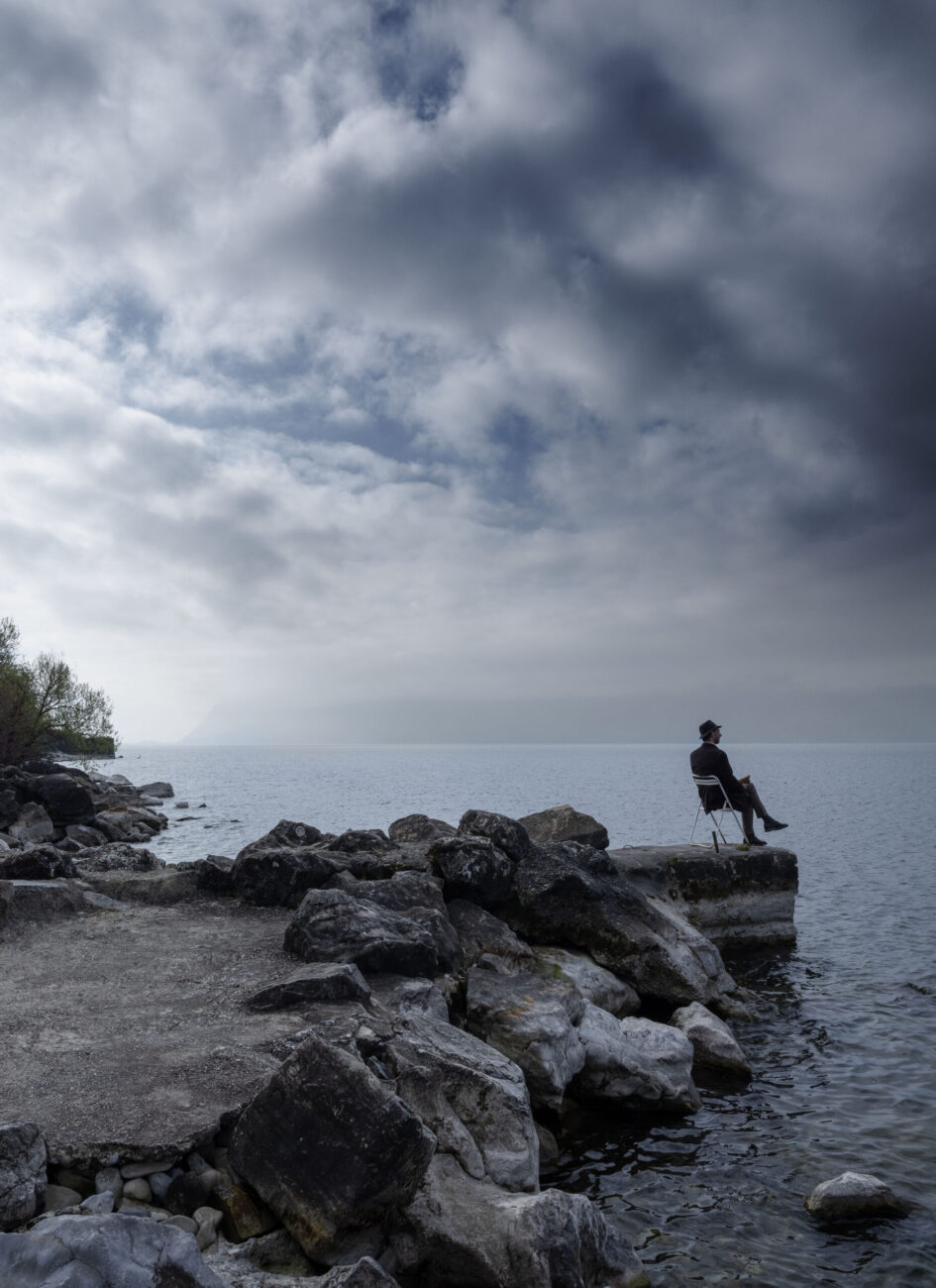Ramuz’s novels feature two distinct categories of characters: singular individuals and recurring types. The first category includes protagonists whose arrival upsets the balance of village communities, highlighting the rifts between them. They include Juliette in La Beauté sur la terre, Besson, the basket-maker in Passage du poète, Joël in L’Amour du monde, and Caille in Les Signes parmi nous. While their functions are similar, each character is unique. The second category of community members are the villagers, a small world of peasants, craftsmen, families, young lovers but also outcasts. All of them, as the writer often reminds us, are “placed next to each other.” The characters, as well as the situations and stories conjured up, are elements that Ramuz reprises as he sees fit from one text to the next, like so many variations on the same themes.
« Nothing to be done; Caille sighs.
Les Signes parmi nous, 1919
He was back on the road; it was hot, getting hotter.
Did he even see the splendor out there, on his left, where there was the lake, and between the sky and the lake all those flames thrown out then thrown back so that after a while you no longer knew if the light was coming from below or above. »
Caption
Virginie Otth
Untitled, after Les Signes parmi nous, 2023
© Virginie Otth/Musées de Pully
